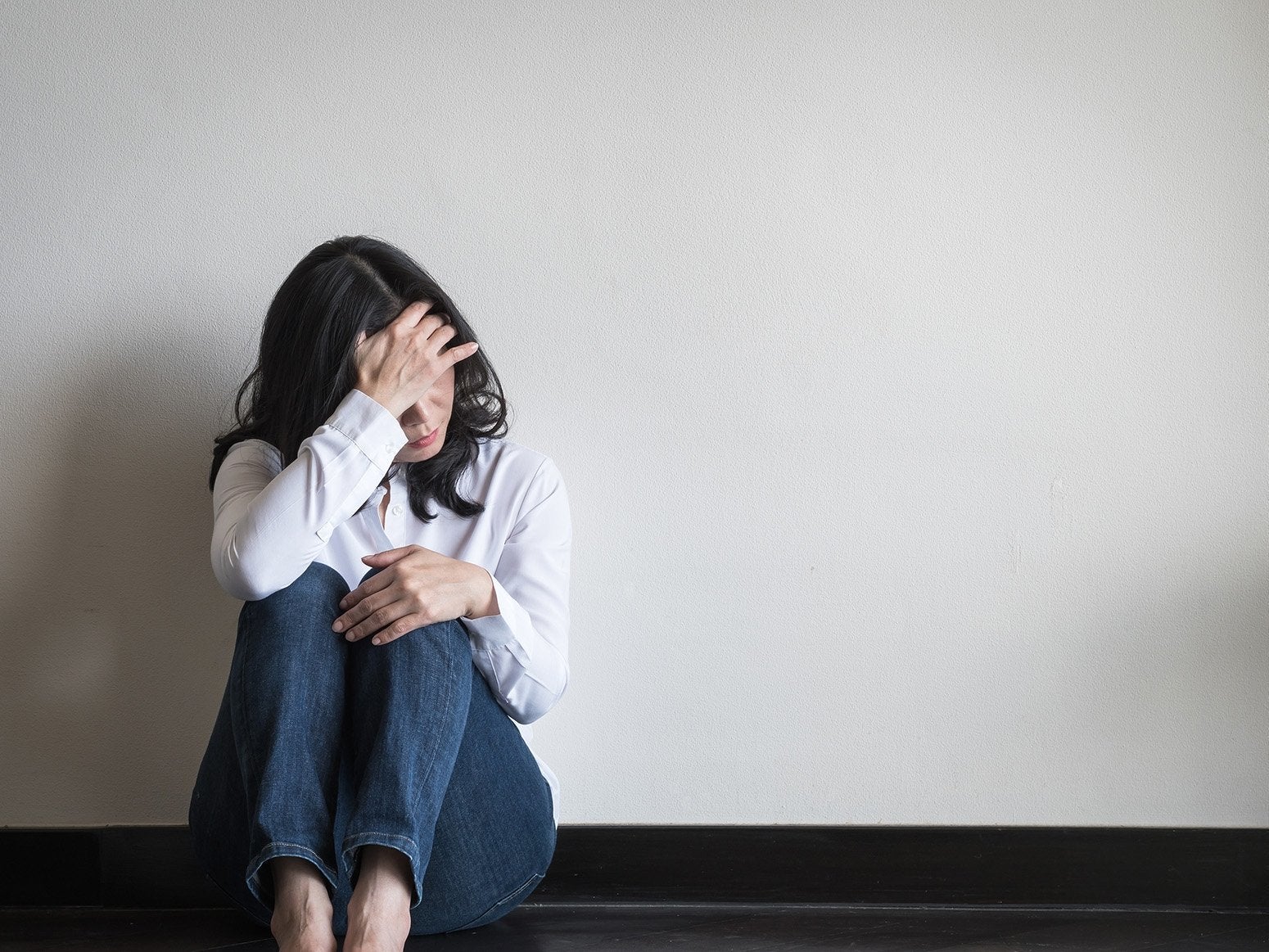Why the risks from anxiety drugs won’t stop doctors prescribing them
Issues with the drugs have come to light as their use has trebled in Britain in a decade

First developed in the early 1990s to treat epilepsy, gabapentinoids interfere with nerve signals – and in their short history, their use has expanded dramatically.
They are approved for nerve pain caused by shingles, diabetes, or a major accident – as well as for anxiety and a host of “off label” uses including migraine, menopause and alcohol dependency.
Perhaps unsurprisingly, given the growing recognition of chronic pain and anxiety in western society, their use has exploded.
In the decade to 2017, the number of people being prescribed the top two gabapentinoids trebled in the UK.
There are now 10.5 million packs issued a year in England and Wales and around 2 per cent of the population have had a prescription for them.
But there is growing evidence that they could be harmful. Pregabalin, which is approved for anxiety, has been dubbed the “new Valium” among the growing number of recreational users because of its similar effect to diazepam. It is seen as a growing problem at addiction treatment centres.
It is often taken in combination with opiate drugs such as heroin or fentanyl and can significantly increase the risk of overdose. High rates of abuse, particularly in prisons, have led to it being reclassified as a class C drug in the UK from April this year.
However, research published in the BMJ shows pregabalin may have significant risks even among people with legal prescriptions for their epilepsy and chronic pain. It has been found to have raised rates of suicide, overdose and injury by around a quarter, and the effects were particularly pronounced in younger people.
“People sometimes mix pregabalin with heroin or opiates, they augment each other and maybe young people mix them with other substances and that’s when you get this increased risk,” lead author Professor Seena Fazel, from the University of Oxford, told The Independent.
Doctors responding to the study said that the drugs also had benefits. They are a boon to people who otherwise cannot work, or sleep because of pain or anxiety, or who would otherwise have a higher risk of a potentially fatal seizure.
But the harms seem increasingly clear, and they affect a large proportion of people taking the drugs – 5 per cent of the people in the study died or were treated for suicide.
Given this rapid expansion and short history, its impacts on the wider population are still poorly understood. One way to mitigate the risks could be to crack down on “off label” uses, which account for around third of prescriptions.
Moving the drug to class C would also help as it prohibits it being issued on repeat prescription. Its use could therefore be more closely monitored with some who abuse the drug – taking as much as five times the recommended dose.
But Professor Helen Stokes-Lampard, president of the Royal College of GPs, said in many case these drugs will always be better than the alternative.
“It is important that we have the necessary safeguards in place to manage opioid prescriptions – indeed all prescribing – in the NHS safely and appropriately, and that more is done to curb people being able to access opioids illicitly.”
“But for some, the continued use of gabapentinoids is the only viable option despite wider risks.”
Join our commenting forum
Join thought-provoking conversations, follow other Independent readers and see their replies
Comments